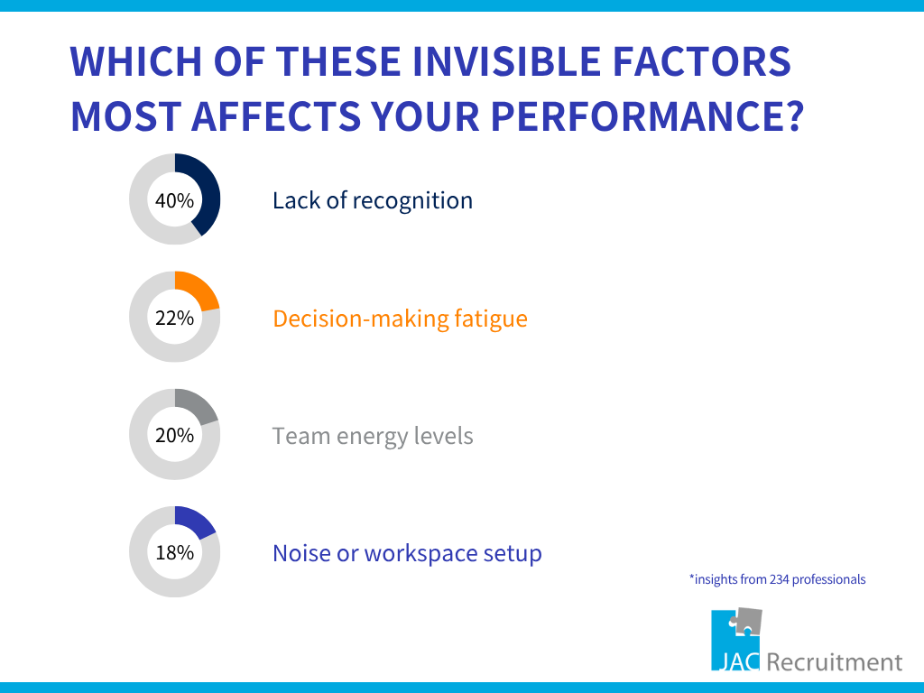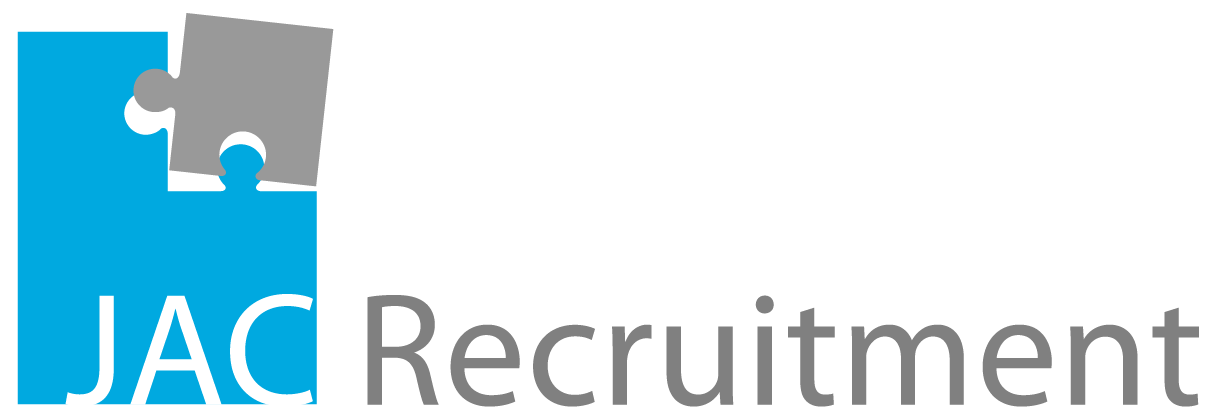We all want to do great work. But sometimes, even when we are trying, something invisible gets in the way.
So we asked, and here is what 230+ professionals shared:

At first glance, it is easy to assume this is just about motivation or mood. But if you look a little deeper, these results reveal something more important, and maybe more overlooked.
Let’s break it down.
1. Lack of Recognition is not just about praise
It is about clarity and balance.
When people do not feel seen or acknowledged, it is not just demotivating, it creates uncertainty.
Is this what’s expected? Is this even making a difference?
Recognition, in this sense, is not about ego. It is a feedback signal, helping people understand if their work is aligned, valued, and meaningful. When that is missing, performance can drop, not from lack of effort, but from doubt. And when one side is constantly giving without receiving, whether time, energy, or results, it creates imbalance. Over time, that leads to disengagement, burnout, and eventually, turnover.
A healthy workplace works both ways. When recognition flows consistently, it builds trust, motivation, and a stronger partnership between people and the organisation.
2. Decision Fatigue = System Fatigue
We often frame this as a personal capacity issue. But what if it is a design problem?
Too many choices with no priorities
Constantly shifting inputs
Unclear ownership
= Burnout, even before the day ends
Rather than asking people to “manage energy better”, maybe it is time to simplify the systems, clarify decision rights, and reduce unnecessary friction.
3. Team energy isn’t just vibes
It is signal.
Low team energy is not about being introverted or quiet, it often reflects how safe people feel, whether goals are shared, and if progress feels possible.
In other words, energy can be a proxy for health. And when it drops, the issue may not be with individuals, but with misalignment, silos, or inconsistency from above.
4. Workspace setup, quiet but not minor
18% voted for it. This group might include:
Hybrid workers with distractions at home
Office-based staff dealing overstimulation
People simply needing better boundaries
Physical setup might not be the loudest issue, but it often lays the foundation for everything else. And when it’s off, it can amplify stress from all directions.
So, what does this tell us?
Let’s zoom out.
These four facts – recognition, fatigue, team dynamics, and environment, may seem different. But they all point to the same truth:
Performance is rarely just about skill or effort. It is shaped by context, systems, and emotional signals we often ignore.
That is why “doing your best” sometimes does not feel like enough, because it Is not just about trying harder. It is about removing what silently holds people back.
Few thought-starters for leaders and teams
Are we giving recognition ONLY during review season or as part of daily feedback?
Is decision-making spread thin across everyone, or owned clearly by someone?
Do we treat “low energy” as a personal issue or check if the team is misaligned?
Have we asked recently how people actually experience their workspace?
None of these require a total overhaul. But even small shifts can unlock better performance, and not by pushing harder, but by clearing the path.
Final thought
Invisible blockers are exactly that – invisible. But they are felt, every day. When we start to name them, we are one step closer to actually fixing them.
If any of these silent blockers felt familiar, whether you are navigating them yourself, supporting a team, or thinking about what comes next, we are here to help.
Sometimes it just takes a conversation to start clearing the path.


